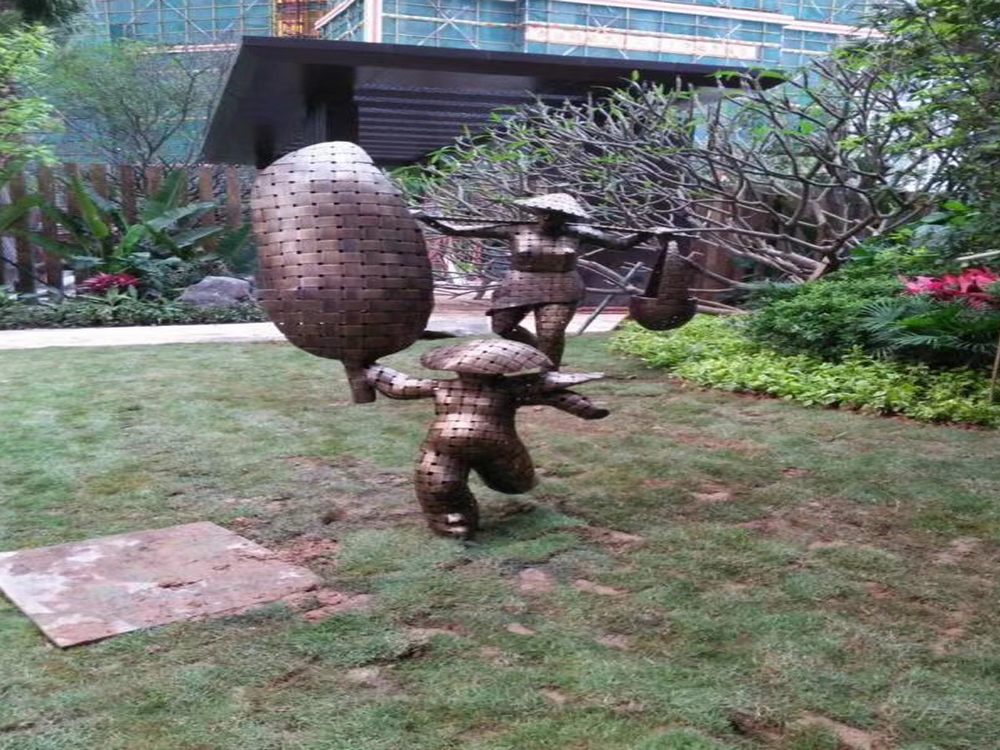
The fusion of traditional bronze sculpting with digital interfaces has opened new frontiers in art, merging timeless craftsmanship with cutting-edge technology. One of the most groundbreaking techniques is the use of 3D printing to create intricate bronze sculptures. Artists can design complex forms digitally, which are then printed using lost-wax casting or direct metal 3D printing, allowing for unprecedented precision and creativity.
Another innovative approach involves embedding digital interfaces into bronze sculptures, transforming them into interactive art pieces. Sensors, LEDs, or touch-sensitive surfaces can be integrated, enabling viewers to engage with the artwork in dynamic ways. For example, a bronze sculpture might respond to touch with light patterns or sound, creating a multisensory experience.
Augmented reality (AR) is also revolutionizing bronze sculptures. By scanning a sculpture with a smartphone, viewers can unlock digital layers—animations, historical context, or even virtual interactions—that enhance the physical piece. This blend of the tangible and digital expands storytelling possibilities and audience engagement.
Finally, AI-assisted design tools empower artists to experiment with unconventional shapes and structures, pushing the boundaries of bronze sculpting. These tools analyze traditional techniques and suggest innovative modifications, resulting in hybrid artworks that honor the past while embracing the future.
By combining digital interfaces with bronze, artists are redefining what sculpture can be—interactive, immersive, and endlessly inventive.

